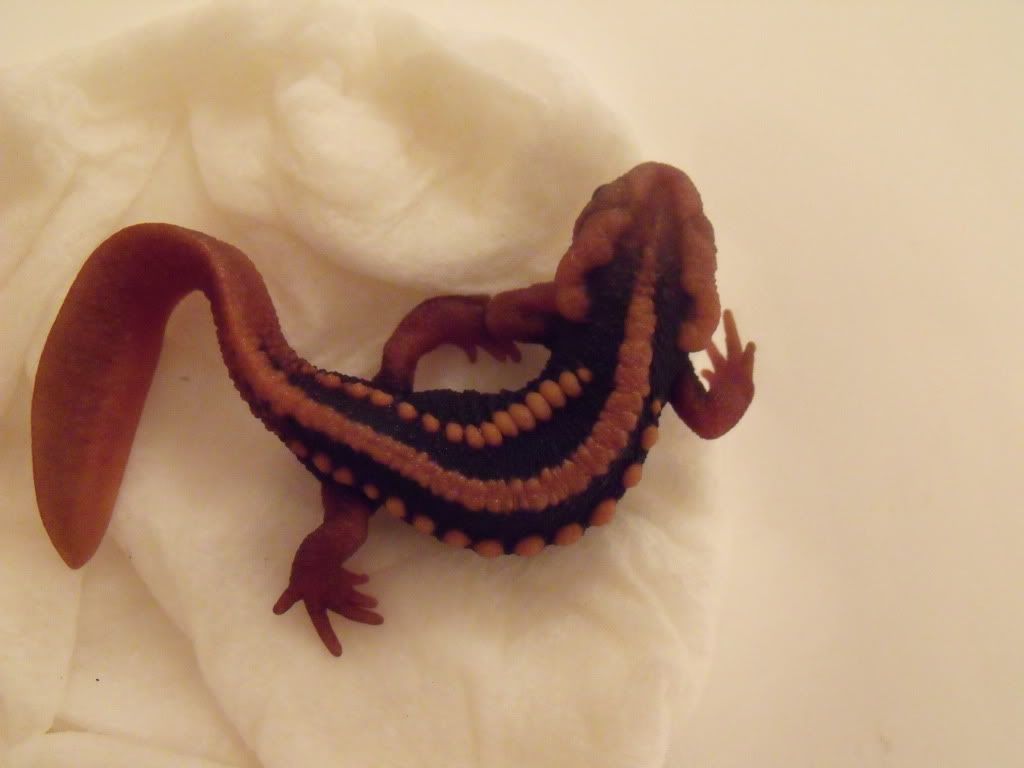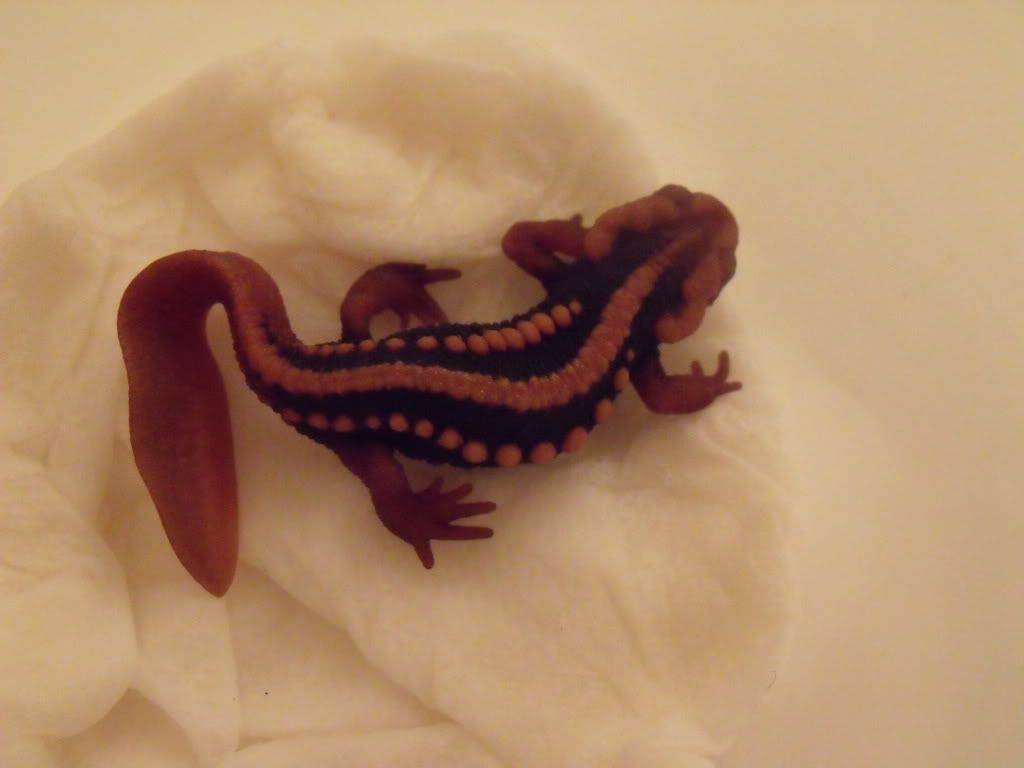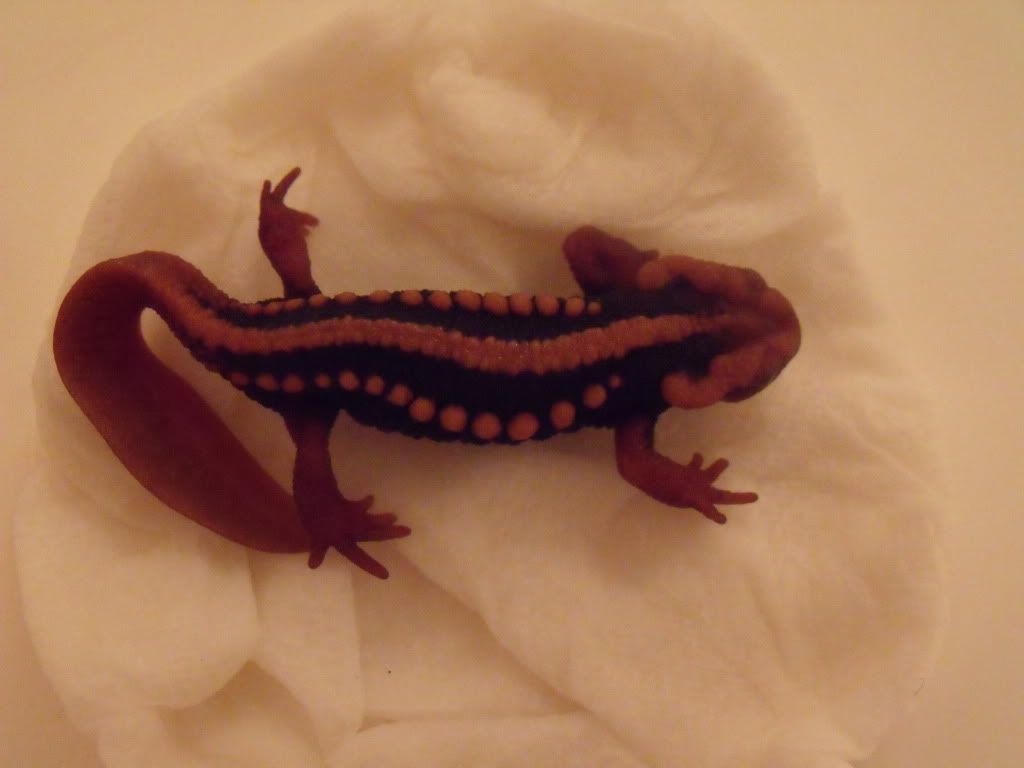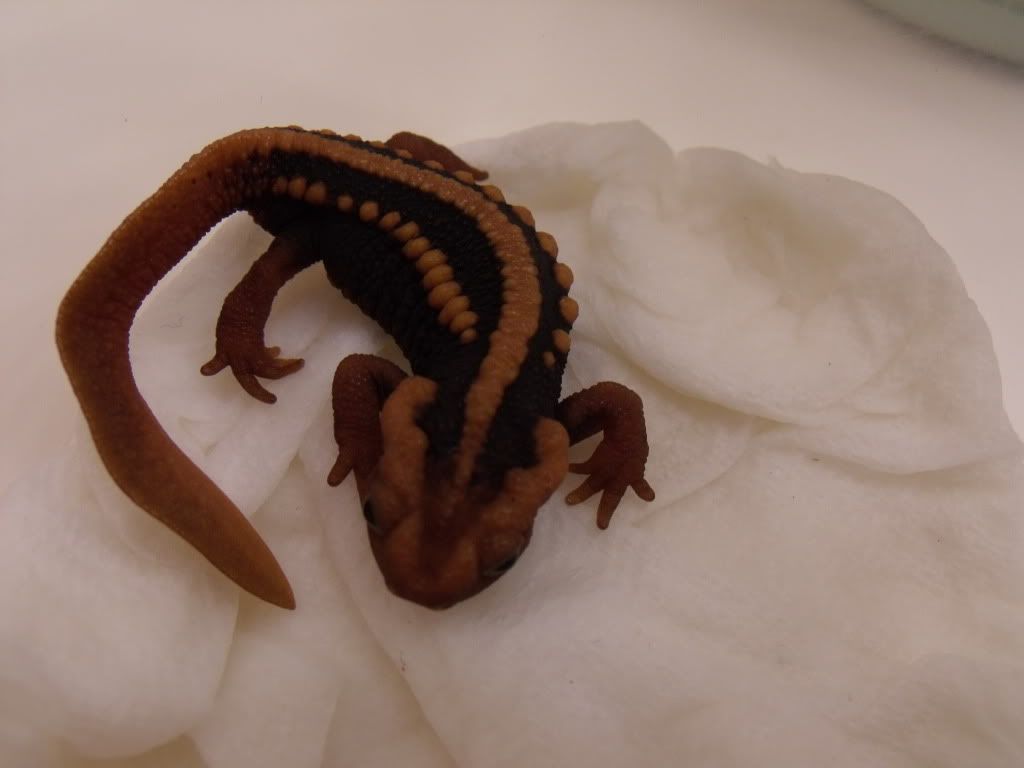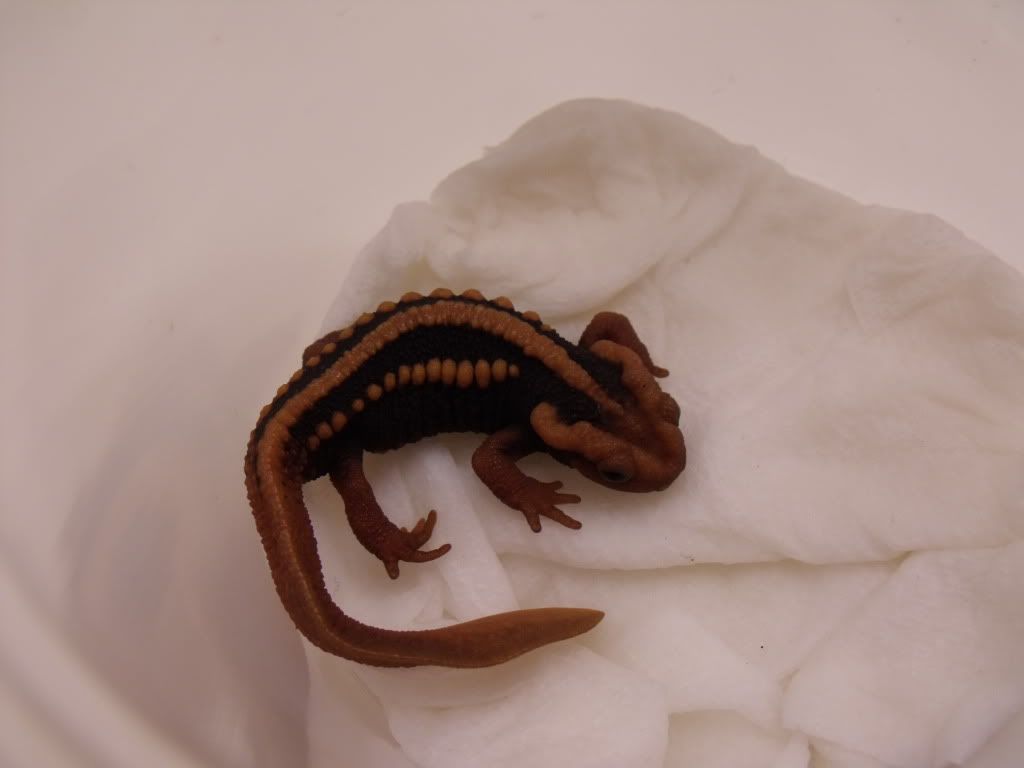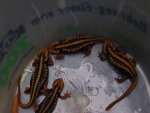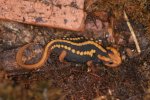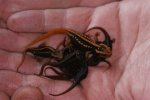Interesting! I also know of a few mistakes, some of which are frankly quite funny xD
Oh, and the Tanganyika lake...what a wonderful and unique environment. The richness of species is breathtaking. I knew a guy who was going to join research in the area and he was literally shaking at the knees with excitement xD
Even if a new technique or a new revision of the taxonomy of a group appears, it´s unlikely it will have any effect on the genetic status of captive populations if things are done well. My meaning is, if you only breed animals from the same location, that share a number of significant characteristics and you are careful so that you keep the bloodline isolated, and eliminate aberrants or weak offspring, and introduce "correct" blood when necessary (meaning blood from the very same population), you will have a captive population that remains faithful to the wild ones. In such a case, a change in taxonomy is enormously unlikely to cause problems. Only in the rare cases of cryptic species, superspecies, etc, you can find animals that are fenotipically similar but genetically divergent, and such situations are definitely rare. As an example, if i breed C.p.sasayamae and all my animals come from the same location, any change in their taxonomy will have no effect on their genetic integrity. Wether the subspecies is raised to specific level, wether the subspecies is eliminated altogether, it won´t have an impact on the genetic integrity on and individual population. It will just mean i will have to change the name i use for them xDD But they will still be what they are, not at a subspecific level, but at a poblational level.
In lamest (and completely untrue and fictional) words, if in the future some alien race decided that humans represent different species (Ha!), i would still be spanish xD
PS: Porkchop, i´m sorry for deviating the topic. Once taxonomy is touched i can´t seem to stop xD

